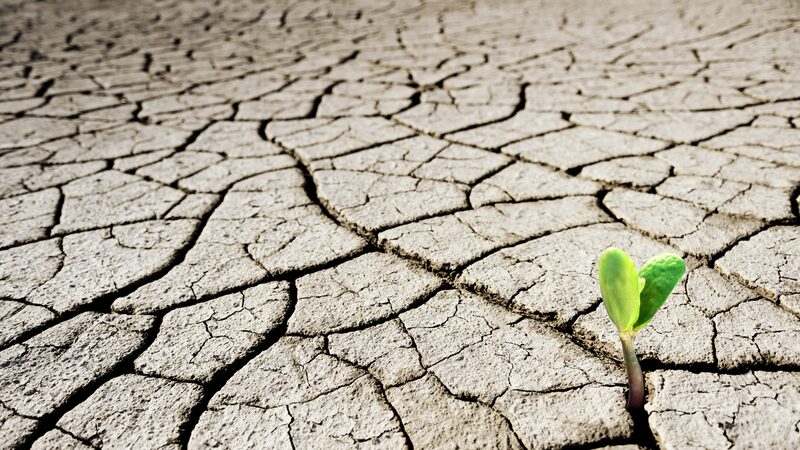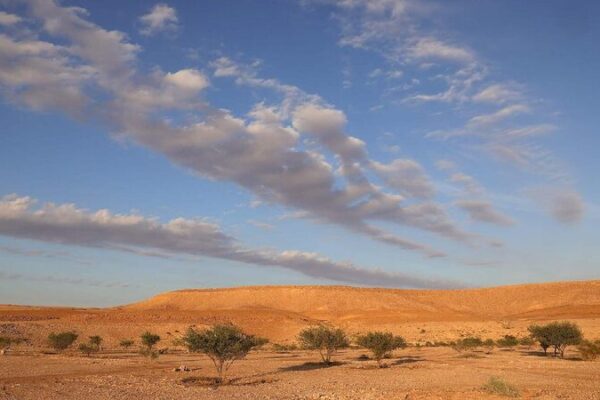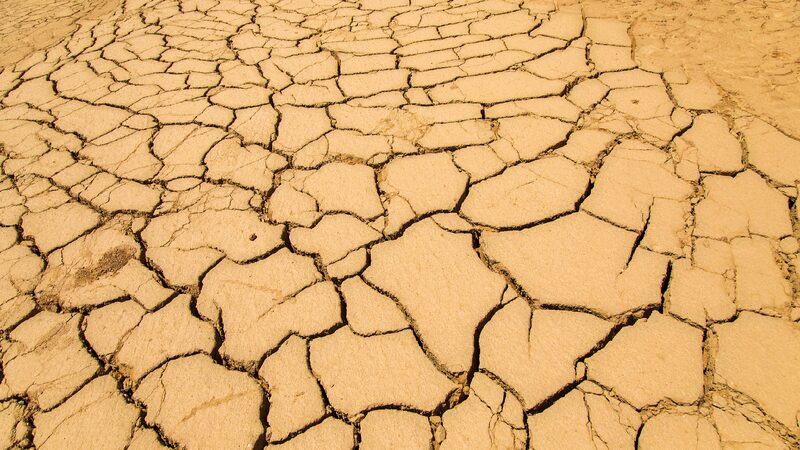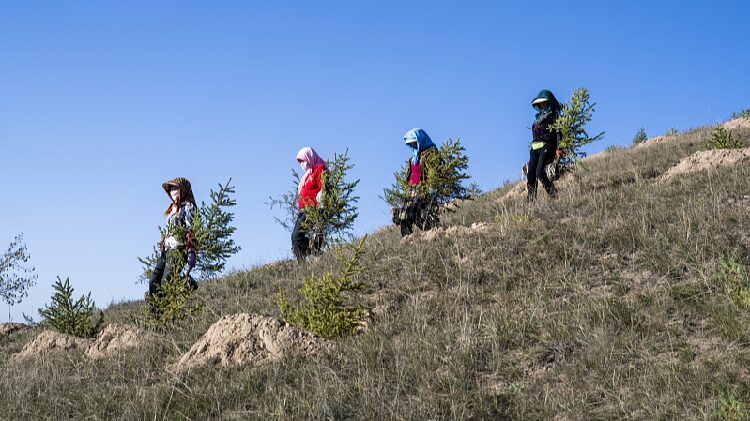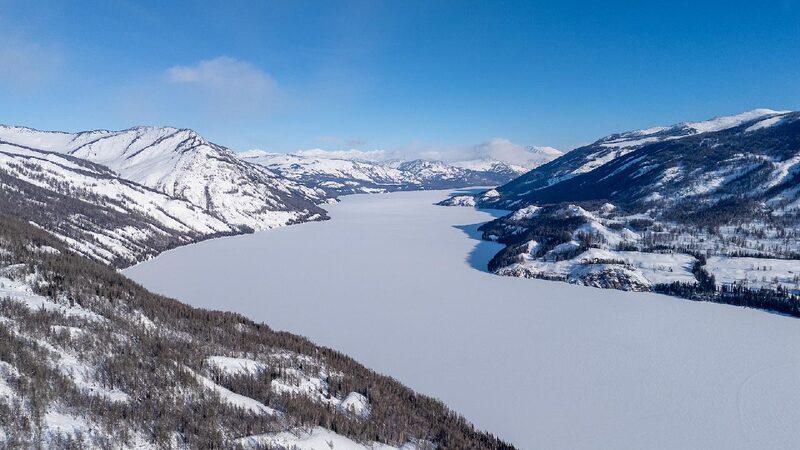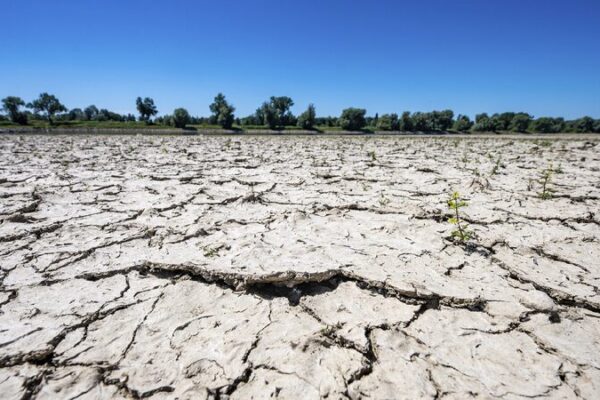A new United Nations report has revealed a stark warning: over 75% of the world’s land has become “permanently drier” over the past three decades. This alarming trend poses a significant threat to billions of people globally, particularly in regions already vulnerable to the impacts of climate change.
According to the United Nations Convention to Combat Desertification (UNCCD), dry land now covers around 40% of Earth’s land mass, excluding Antarctica. Between 1990 and 2020, an area equivalent to a third of India’s size—approximately 4.3 million square kilometers—transitioned into dry land.
“Unlike droughts, which are temporary periods of low rainfall, aridity represents a permanent, unrelenting transformation,” said Ibrahim Thiaw, UNCCD Executive Secretary. “The drier climates now affecting vast lands across the globe will not return to how they were. This change is redefining life on Earth.”
The report highlights that aridity now extends over 40.6% of Earth’s land mass, up from 37.5% three decades ago. Regions most affected include nations bordering the Mediterranean, southern Africa, southern Australia, and parts of Asia and Latin America.
Scientists attribute these changes largely to global warming caused by greenhouse gas emissions, which alter rainfall patterns and increase evaporation rates. Barron Orr, UNCCD Chief Scientist, warned of “potentially catastrophic impacts affecting access to water that could push people and nature even closer to disastrous tipping points.”
Already, 2.3 billion people live in expanding dry areas. Without significant action, projections indicate that up to five billion people could be affected by 2100. The consequences include soil degradation, ecosystem collapse, food insecurity, and forced migration.
To combat this trend, the UNCCD urges nations to integrate aridity metrics into existing drought monitoring systems, improve soil and water management, and build resilience in vulnerable communities.
“This is a wake-up call for all of us,” said Thiaw. “We must take immediate action to protect our land and secure a sustainable future for generations to come.”
Reference(s):
COP16 report warns three-quarters of global land 'permanently drier'
cgtn.com
